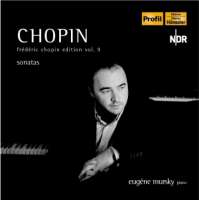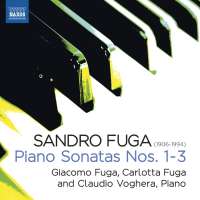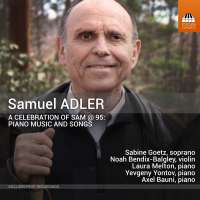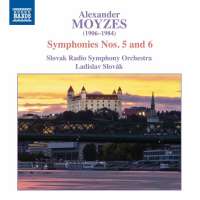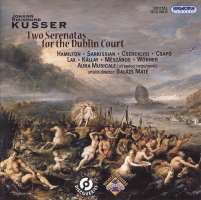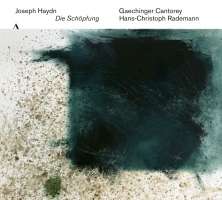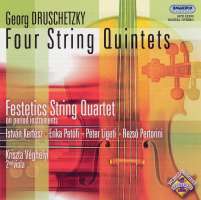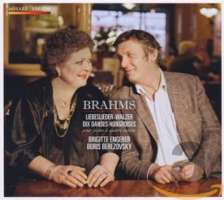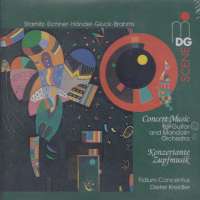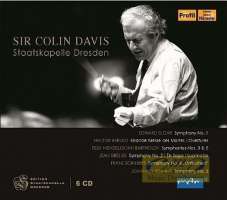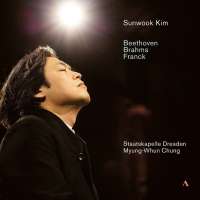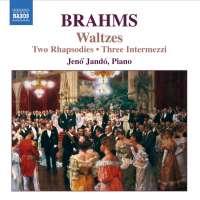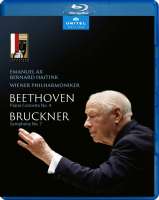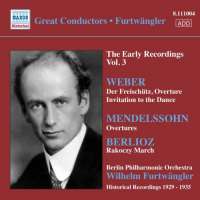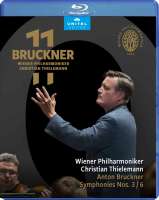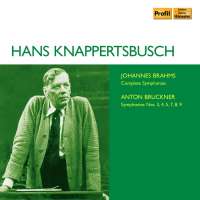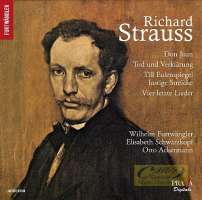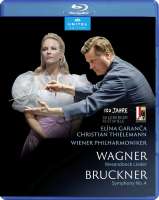
classical music distribution


(Produkt nie został jeszcze oceniony)
kompozytor
Brahms, Johannes
tytuł
Brahms: Symphony No. 1 / Haydn Variations
wykonawcy
Wiener Philharmoniker;
Furtwängler, Wilhelm
Furtwängler, Wilhelm
nr katalogowy
8.110998
opis
Wilhelm Furtwangler was regarded as the leading Brahms interpreter of his generation, but such a self-indulgent approach to the first movement of the first symphony, with its ponderous tempos and rhythmic liberties would be derided by critics in today's concert hall. There are many performances on disc that, even with the added inclusion of the repeat, come under Furtwangler's timing.
The end to the second movement is dragged out, while the third is genial rather than energetic. Only the finale would meet today's expectations, and though the performance has breadth and nobility, side breaks in the original 78's created a sense of short musical paragraphs. The Vienna orchestra in 1947 was in remarkably good condition so soon after the end of the war, the woodwind particularly beautiful.
The Haydn Variations recorded two years later is more straightforward in approach, the emphasis again on geniality, the faster variations played with a lightweight approach that fits the music well. For its years the sound is remarkably and the transfers have been skilfully made. So the bottom line is your desire to find out how the 19th century Germanic tradition was fortunate to continue through to the second half of the 20th century in Furtwangler's safe keeping. • David Denton, David's Review Corner, June 2007
The end to the second movement is dragged out, while the third is genial rather than energetic. Only the finale would meet today's expectations, and though the performance has breadth and nobility, side breaks in the original 78's created a sense of short musical paragraphs. The Vienna orchestra in 1947 was in remarkably good condition so soon after the end of the war, the woodwind particularly beautiful.
The Haydn Variations recorded two years later is more straightforward in approach, the emphasis again on geniality, the faster variations played with a lightweight approach that fits the music well. For its years the sound is remarkably and the transfers have been skilfully made. So the bottom line is your desire to find out how the 19th century Germanic tradition was fortunate to continue through to the second half of the 20th century in Furtwangler's safe keeping. • David Denton, David's Review Corner, June 2007
nośnik
CD
gatunek
Muzyka klasyczna
producent
Naxos
data wydania
04-06-2007
EAN / kod kreskowy
636943199824

(Produkt nie został jeszcze oceniony)
cena 58,00 zł
lubProdukt na zamówienie
Wysyłka ustalana indywidualnie.
Darmowa wysyłka dla zamówień powyżej 300 zł!
Darmowy kurier dla zamówień powyżej 500 zł!
sprawdź koszty wysyłkiProduktu jeszcze nie zrecenzowano, chcesz być pierwszy?
Klienci, którzy kupili ten produkt, kupili również
różni kompozytorzy
La Lira d’Espéria II - Galicia, Cantos de terra e danzas antigas
AVSA 9907
Verdi, Giuseppe
Tutto Verdi - The Operas Vol. 3, 1855-1893 I vespri siciliani, Simon Boccanegra, Un ballo in maschera, La forza del destino, Don Carlo, Aida, Otello, Falstaff
DVD 726304
Pozostałe płyty tego kompozytora
Brahms, Johannes, Schumann, Robert, Schubert, Franz
WYCOFANY Romantic Quartets & Quintets by Schubert, Schumann & Brahms
HMX 2908733.35
różni kompozytorzy
Elgar: Symphony 1, Berlioz: Grande Messe, Mendelssohn: Symphonies 3 & 5, Sibelius: Symphony 2, Schubert: Symphony 8, Brahms: Symphony 3
PH 13032
różni kompozytorzy
WYCOFANY Idil Biret - The Complete Studio Recordings 1959 - 2017
8.501303
Pozostałe płyty tego wykonawcy
Beethoven, Ludwig van, Bruckner, Anton
Bernard Haitink – Farewell Concert at Salzburg Festival Concert
802304
Schubert, Franz, Webern, Anton, Strauss, Josef
Salzburg Festival Opening Concert 2009
DVD 729204
różni kompozytorzy
FURTWÄNGLER: Early Recordings Vol. 3, 1929 - 1935 - WEBER, MENDELSSOHN, BERLIOZ
8.111004
Beethoven, Ludwig van, Bruckner, Anton
Bernard Haitink – Farewell Concert at Salzburg Festival Concert
802208
Schumann, Robert, Stravinsky, Igor
Leonard Bernstein at Schleswig-Holstein Musik Festival- Teaching, Performing, Lectures and Master Course
746704
Strauss, Richard
WYCOFANY Strauss: Don Juan Tod und Verklärung Till Eulenspiegel Vier letzte Lieder
PRD 350100
Wagner, Richard, Bruckner, Anton
Wagner: Wesendonck Lieder; Bruckner: Symphony No. 4
805204
Napisz recenzję dla: Brahms: Symphony No. 1 / Haydn Variations
Zapytaj o dostępność produktu
Twoje zapytanie:
Odpowiemy na adres:
Produkt został dodany do koszyka

Brahms, Johannes
Brahms: Symphony No. 1 / Haydn Variations
1 szt

